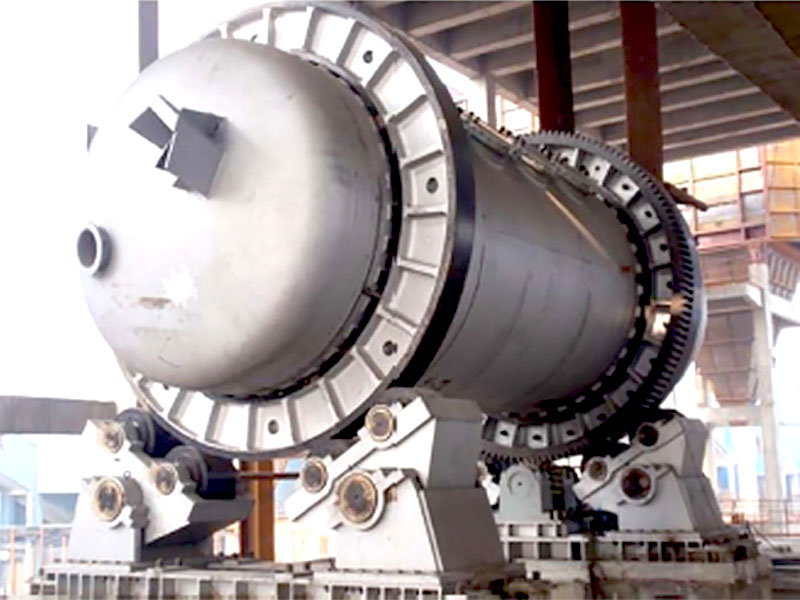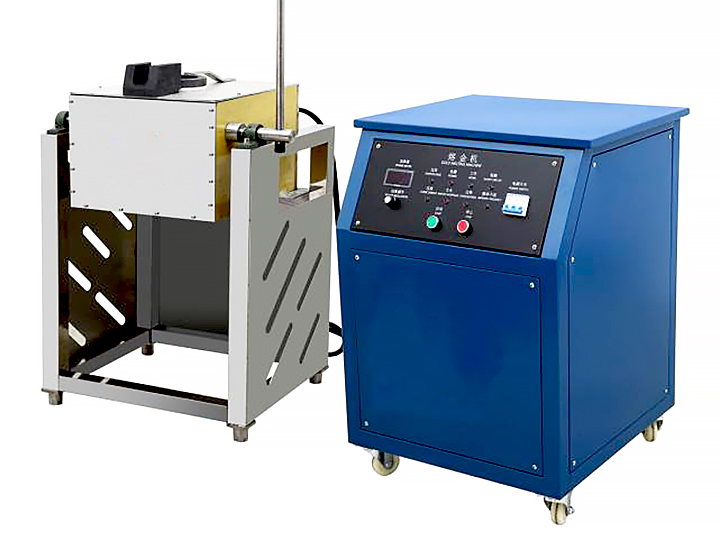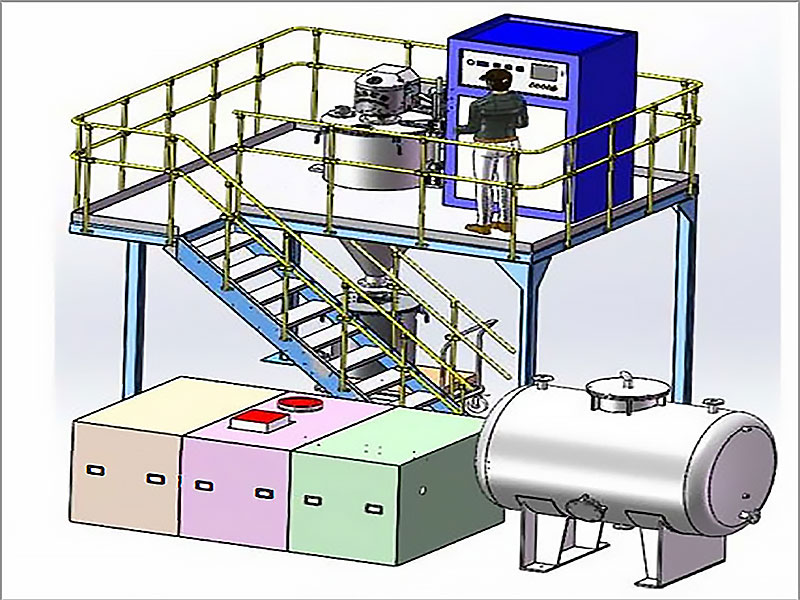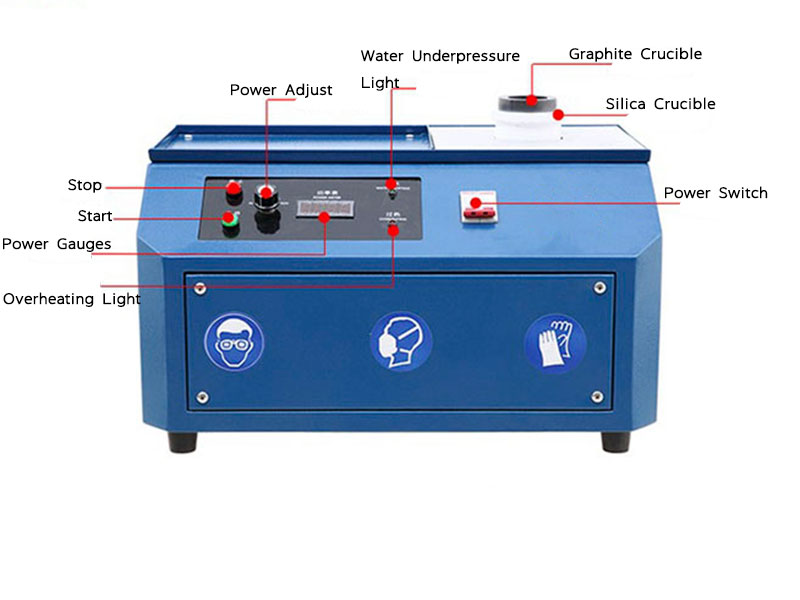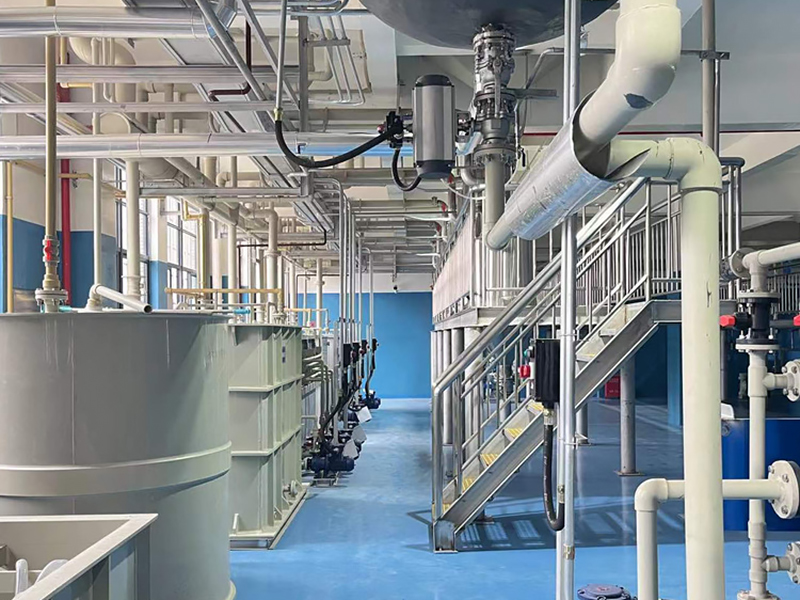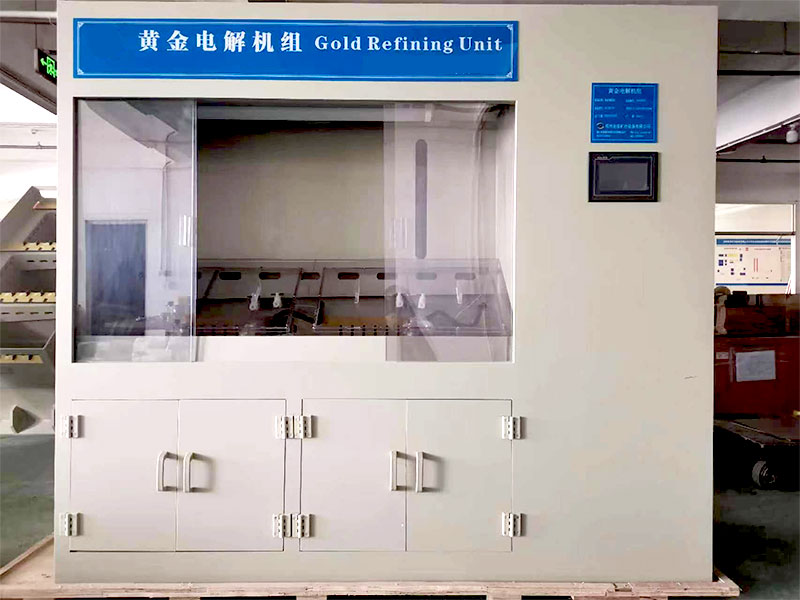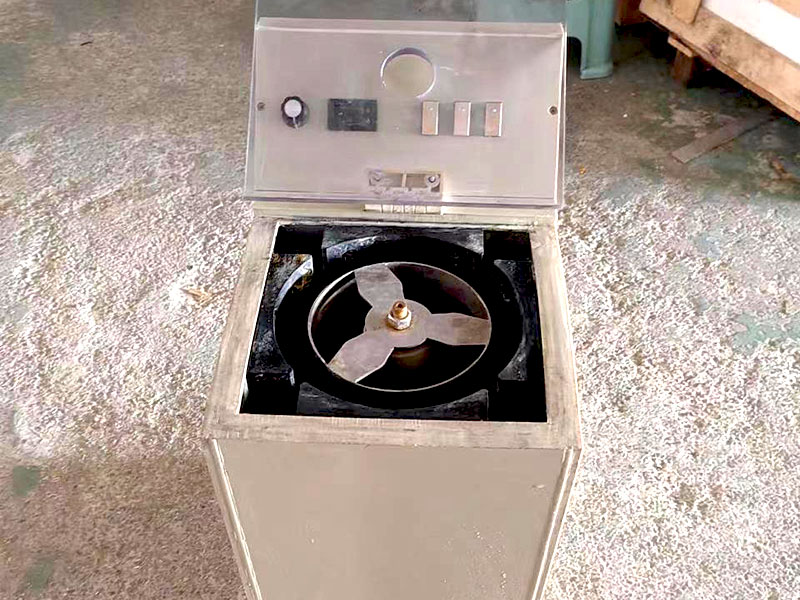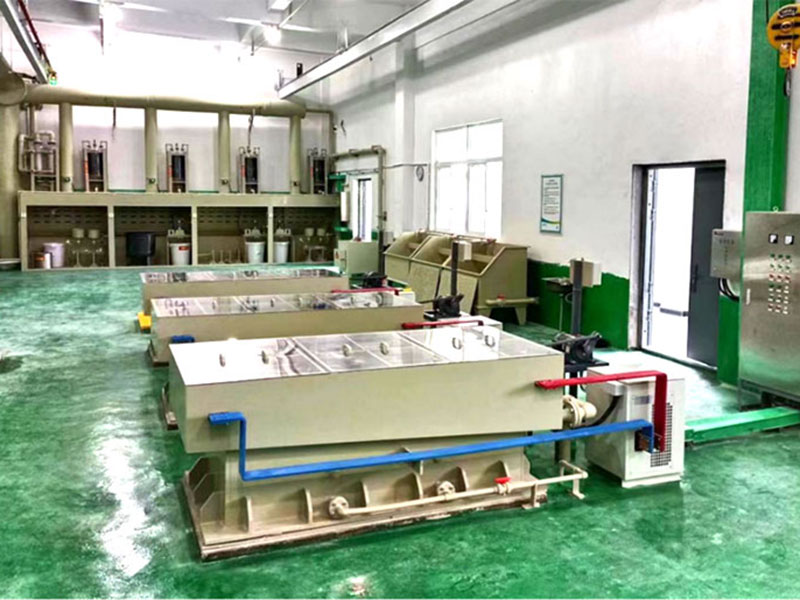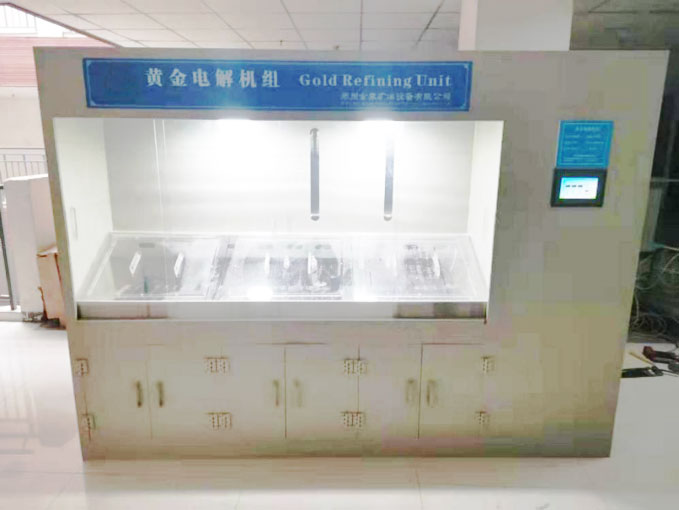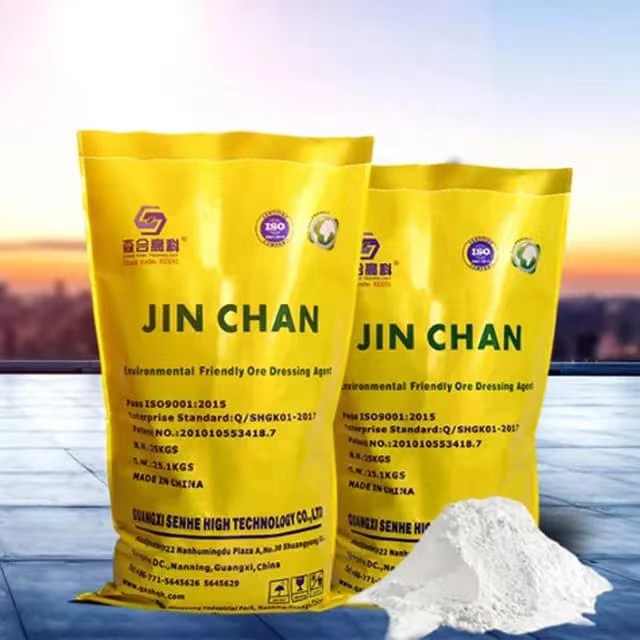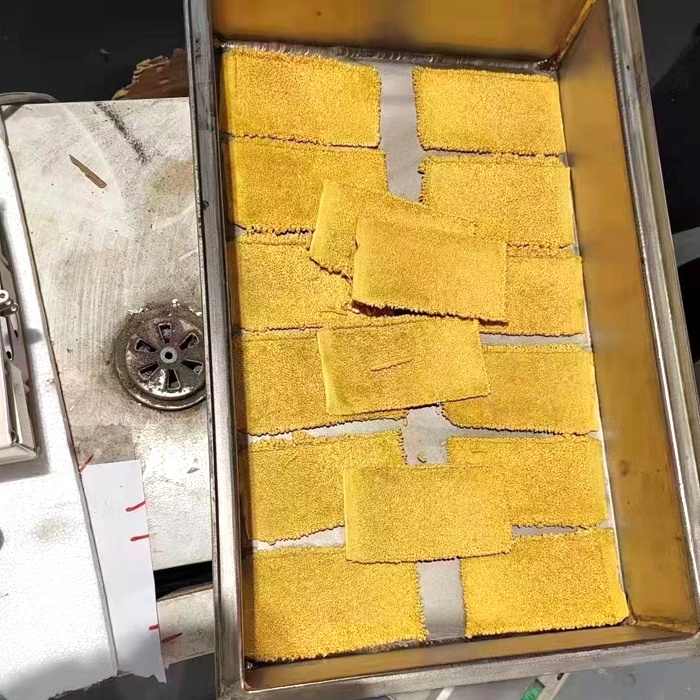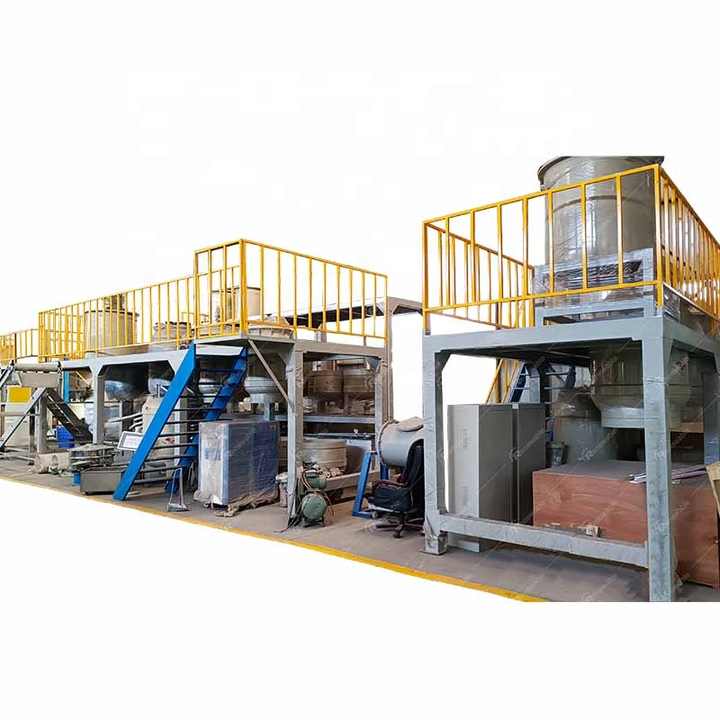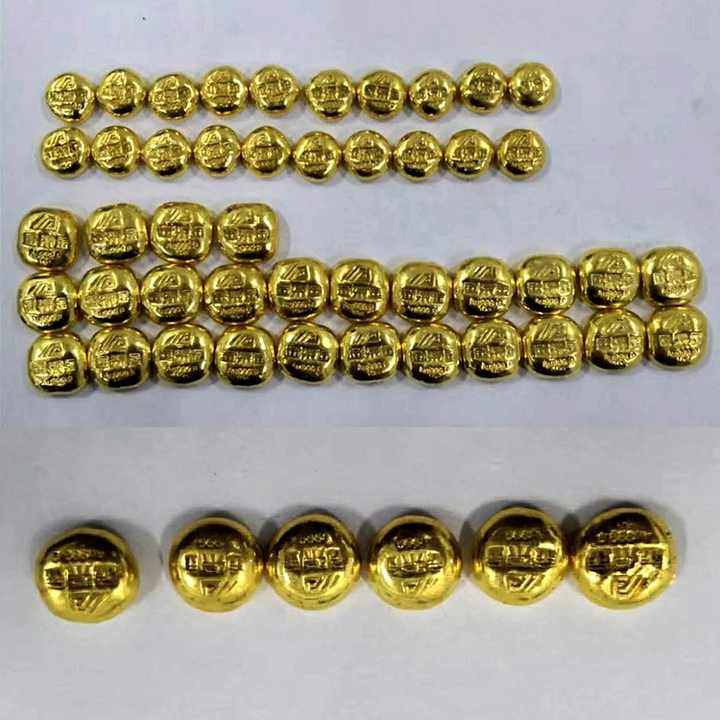Details
- Home
- gold refining methods
gold refining methods
Table of Contents
ToggleGold Refining Methods An In-depth Overview
Gold refining is an ancient practice that has evolved significantly over the years. As the demand for pure gold continues to rise, the need for effective gold refining methods has become essential. There are various techniques for refining gold, each with its advantages and limitations. In this article, we will explore some of the most common gold refining methods, how they work, and the importance of choosing the right technique for specific needs.
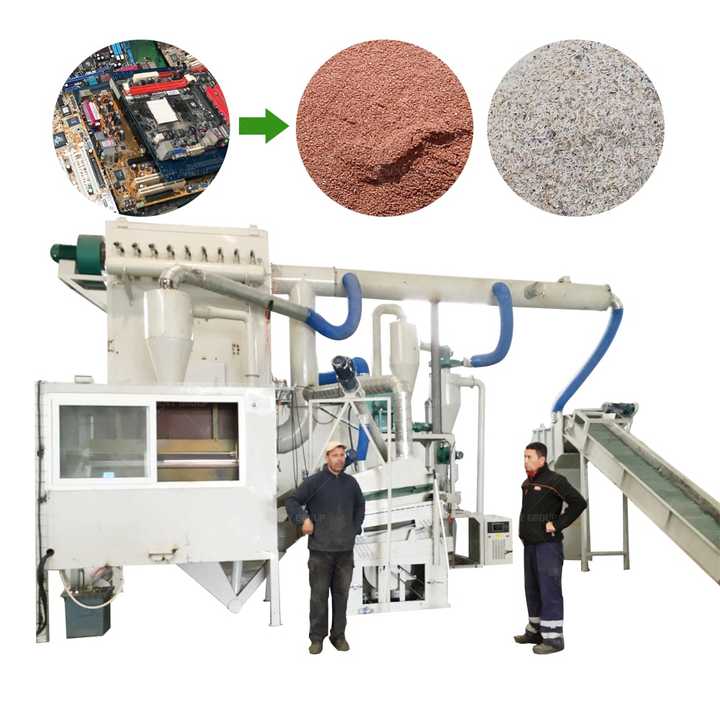
What Are Gold Refining Methods?
Gold refining methods refer to the processes used to extract and purify gold from raw ores or scrap materials. The goal is to remove impurities such as silver, copper, and other metals to achieve a higher purity level. Whether refining gold for jewelry, industrial use, or investment, these methods play a crucial role in producing high-quality gold.
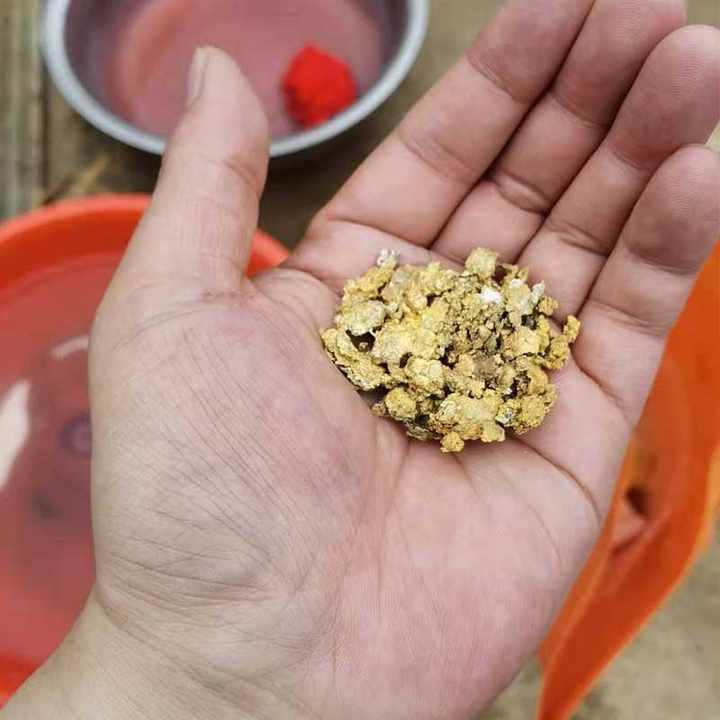
Fire Assay: One of the Oldest Gold Refining Methods
One of the most traditional gold refining methods is the fire assay. This ancient process has been used for centuries to determine the purity of gold and other precious metals. Fire assay involves melting gold with flux, typically borax, and separating impurities in a furnace.
How Fire Assay Works
In fire assay, a sample of gold is mixed with flux in a crucible and heated to a high temperature in a furnace. The flux helps collect non-gold metals, which float to the top as slag. The molten gold remains at the bottom of the crucible and is then poured off and cooled. This process is highly accurate but requires a controlled environment and skilled technicians.
Benefits of Fire Assay
Fire assay is known for its precision and reliability, especially when small amounts of gold need to be tested for purity. It’s widely used in mining, exploration, and refining industries, although it can be time-consuming and costly due to the need for specialized equipment.
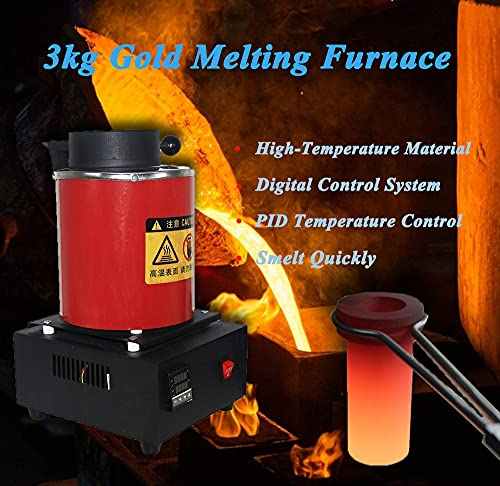
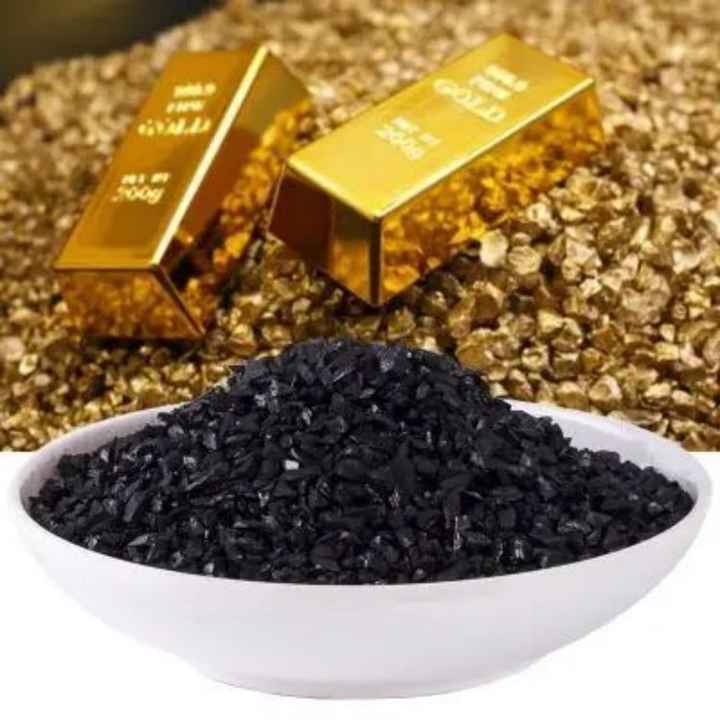
Aqua Regia: A Popular Chemical Gold Refining Method
Another widely-used gold refining method is aqua regia, a chemical process that dissolves gold using a mixture of nitric acid and hydrochloric acid. Aqua regia, meaning “royal water” in Latin, is one of the few substances capable of dissolving gold.
The Aqua Regia Process
To refine gold using aqua regia, the gold is first placed in a container, and the mixture of nitric and hydrochloric acid is added. The acids react with the gold, breaking it down into its components. Once dissolved, the solution is filtered to remove impurities, and a reducing agent is added to precipitate the gold from the solution.
Advantages of Aqua Regia
Aqua regia is highly effective for refining gold with impurities like silver and copper. The process is relatively fast and produces gold with a high level of purity, making it a popular choice in jewelry and investment industries. However, the use of strong acids requires caution, as the chemicals involved can be hazardous.
Electrolytic Refining: A High-Purity Gold Refining Method
Electrolytic refining is another important method of refining gold, particularly for obtaining gold of very high purity levels. This process involves dissolving gold in an electrolytic solution and using an electrical current to separate gold from impurities.
How Electrolytic Refining Works
In electrolytic refining, a gold anode is submerged in an electrolyte solution, often a mixture of hydrochloric acid and gold chloride. An electrical current is applied, causing gold ions to dissolve from the anode and deposit onto a cathode. Impurities remain in the solution or fall away as sludge, leaving behind highly purified gold on the cathode.
Benefits of Electrolytic Refining
Electrolytic refining is ideal for producing high-purity gold, often reaching levels of 99.99% pure gold. This method is commonly used in industrial applications where the highest levels of purity are required, such as electronics and medical devices. However, it requires significant equipment and energy, which can make it more expensive than other methods.
Miller Process: A Fast and Efficient Gold Refining Method
The Miller process is another well-known method used in gold refining. It is a fast and efficient process primarily used for large-scale operations. Unlike aqua regia or electrolytic refining, the Miller process uses chlorine gas to purify gold.
The Miller Process in Action
In the Miller process, gold is melted in a furnace, and chlorine gas is passed through the molten gold. The chlorine reacts with impurities such as silver and base metals, forming chlorides that rise to the surface and can be skimmed off. The result is a gold purity level of about 99.5%, which is often followed by further refining for higher purity.
Advantages of the Miller Process
One of the key advantages of the Miller process is its speed and efficiency. It’s especially useful for refining large amounts of gold in a relatively short period. However, the process doesn’t produce the highest purity, which means it may require additional refining through other methods like electrolytic refining.
Choosing the Right Gold Refining Method
Selecting the appropriate gold refining method depends on several factors, including the desired purity level, the amount of gold being refined, and the equipment available. Small-scale refiners may opt for simpler methods like aqua regia or fire assay, while large-scale operations might prefer the speed of the Miller process or the purity achieved through electrolytic refining.
Factors to Consider
- Purity: If ultra-pure gold is required, methods like electrolytic refining are the best choice.
- Scale: For large batches of gold, the Miller process offers speed and efficiency.
- Safety: Chemical refining methods like aqua regia require careful handling of hazardous substances.
- Cost: Simpler methods such as fire assay can be more affordable for small operations.
Conclusion
Gold refining methods have come a long way from the ancient practices of melting and separating metals. Today, there are a variety of techniques available, each with its own strengths and weaknesses. Whether using fire assay, aqua regia, electrolytic refining, or the Miller process, the goal is to remove impurities and achieve high-purity gold. Understanding the different methods and choosing the right one for your needs is essential in refining gold effectively and efficiently.

